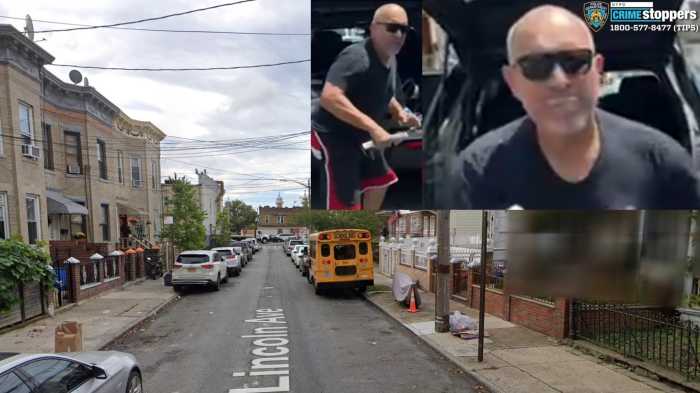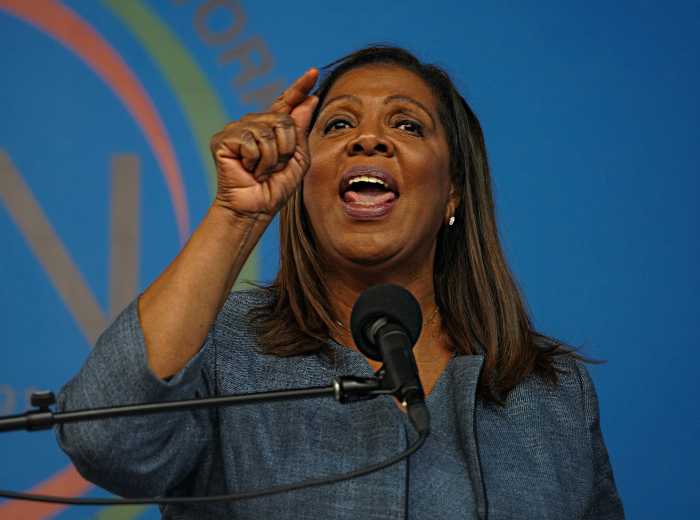The Affordable Care Act has been a godsend for many of the poorest New Yorkers, but some people — even those eligible for subsidies — still can’t make room in their budgets for premiums and deductibles.
Collin Slattery, 26, founder of digital marketing agency Taikun Inc., constructed a risk analysis based on nystateofhealth.ny.gov offerings.
While he would like insurance, he discovered that even with a subsidy, “it’s $150 a month for a bronze plan with a $3,000 deductible” — money he prefers to put toward actual care from a doc-in-the-box should he get injured.
He lauds the ACA for providing coverage to millions of previously uninsured and uninsurable Americans “but there is a distinct subset of people of which I am a member who do not benefit,” and who find it unfeasible to get yet another roommate or move to an even cheaper place. (Slattery already splits his $2,200 rent in Crown Heights with a roommate.)
A national survey in June of uninsured adults released by the Robert Wood Johnson Foundation found that cost was the main barrier to insurance: 79% who had looked for it said they simply could not afford it. Most respondents were working, but wages have lagged notoriously behind zooming housing and health costs: 58% said they had $100 or less left over each month after paying bills; 56% said they had less than $100 in savings.
But the law has been an unquestionable boon for the poorest New Yorkers: Almost 74% of the 900,000 New York City residents who have obtained insurance on nystateofhealth.ny.gov receive Medicaid — virtually free coverage and care paid for with federal and state funds.
Another 46,000 — or 5.1% — of those covered are kids now under the umbrella of the publicly funded Child Health Plus.
In a city where 56% of renters find rent and utilities gobbling up more than one-third of their incomes, it is the people who make too much to be eligible for Medicaid — but not enough to pay 9% percent of their annual income in premiums and buckets more toward deductibles — who seem most likely to ante up the 2% penalty (or $325 per adult — whichever amount is greater) on their 2015 income taxes.
Melissa Mesku, 33, CEO of Pure Cure Dental Technology, has been uninsured most of her life. Insurance as it exists in the U.S. simply isn’t worth it, said the East Village resident, who has lived abroad and finds many U.S. health care practices based on needless liability medicine.
As for the risk she’s undertaken, “I’ve had friends with insurance,” who were hospitalized for months after catastrophes “and they still wound up bankrupt,” she said.
Mesku contends that instead of paying providers exorbitant prices when she needs medical care (as many uninsured do), she negotiates a “huge discount,” because she offers cash.
But when her uninsured Ireland-born boyfriend, Roddy O’Hehir, 44, broke his arm in a biking accident at the South Street Seaport in May 2014, he was quoted $25,000 by a hospital to fix it — and told to pay $10,000 up front.
“I got myself on a plane,” and went back to Ireland, recounted O’Hehir. The surgery, which included two screws into his bone, cost a total of 75 euros (about $82), whereas the cost of his brief E.R. visit here was $2,500. “I was very, very careful to insure I didn’t get an ambulance,” after the wreck, imploring a concerned bystander not to call one, so as not to incur additional costs, he recalled.
Many immigrant New Yorkers obtain needed medical care in their home countries, but as O’Hehir observed, “this works as long as you have an injury you can transport,” and do not have a chronic health condition needing constant monitoring.
“The people who say they don’t need it are absolutely the people who do: If you don’t have the money for premiums, you won’t have the money for a hospitalization,” said Dave Olverson, 31, who runs thenewyorkbudget.com. While Olverson has a day job that provides coverage, he urges cash-crashed New Yorkers to “try to make it work” to allow for a worst-case scenario that could demolish them financially.
Slattery, a former professional poker player, insists he has considered that scenario, but rationalized that he lives carefully, and were he to suffer an accident, the liability insurance of the person responsible for it would likely cover his medical expenses.
Yes, there probably should be “carve outs” for people living in high cost areas and it would be helpful if there was more plan diversity to better appeal to the young and healthy, allowed Dr. Kathryn Votava, president of Goodcare.com, a health insurance consultancy, but the uninsured she said, are “playing Russian roulette. Some will win and some will lose. … The number one cause of bankruptcy in the U.S. is medical expenses,” said Votava.
Few people have the cash and the discipline to “self insure,” by saving money they would otherwise spend on premiums and deductibles in the event of a medical emergency, though that is a viable strategy, said Olverson, who lives with his fiancee and two roommates on the Upper West Side. Those who can’t self-insure need to think of ways to be covered — landing a part-time job offering insurance or relocating to a less expensive location, he advised. “Moving to Canada is not a terrible option. It’s a beautiful country,” Olverson said.




































